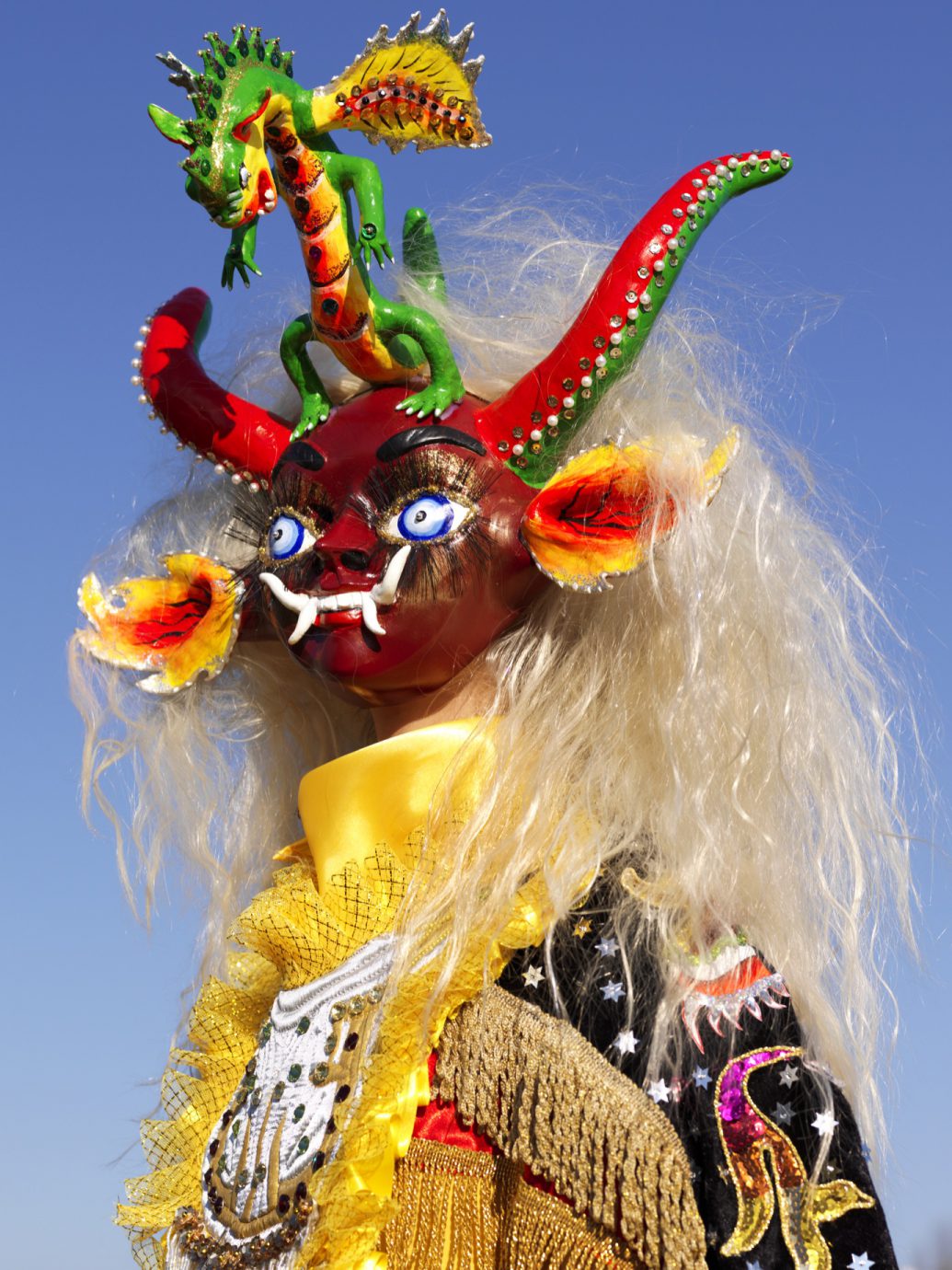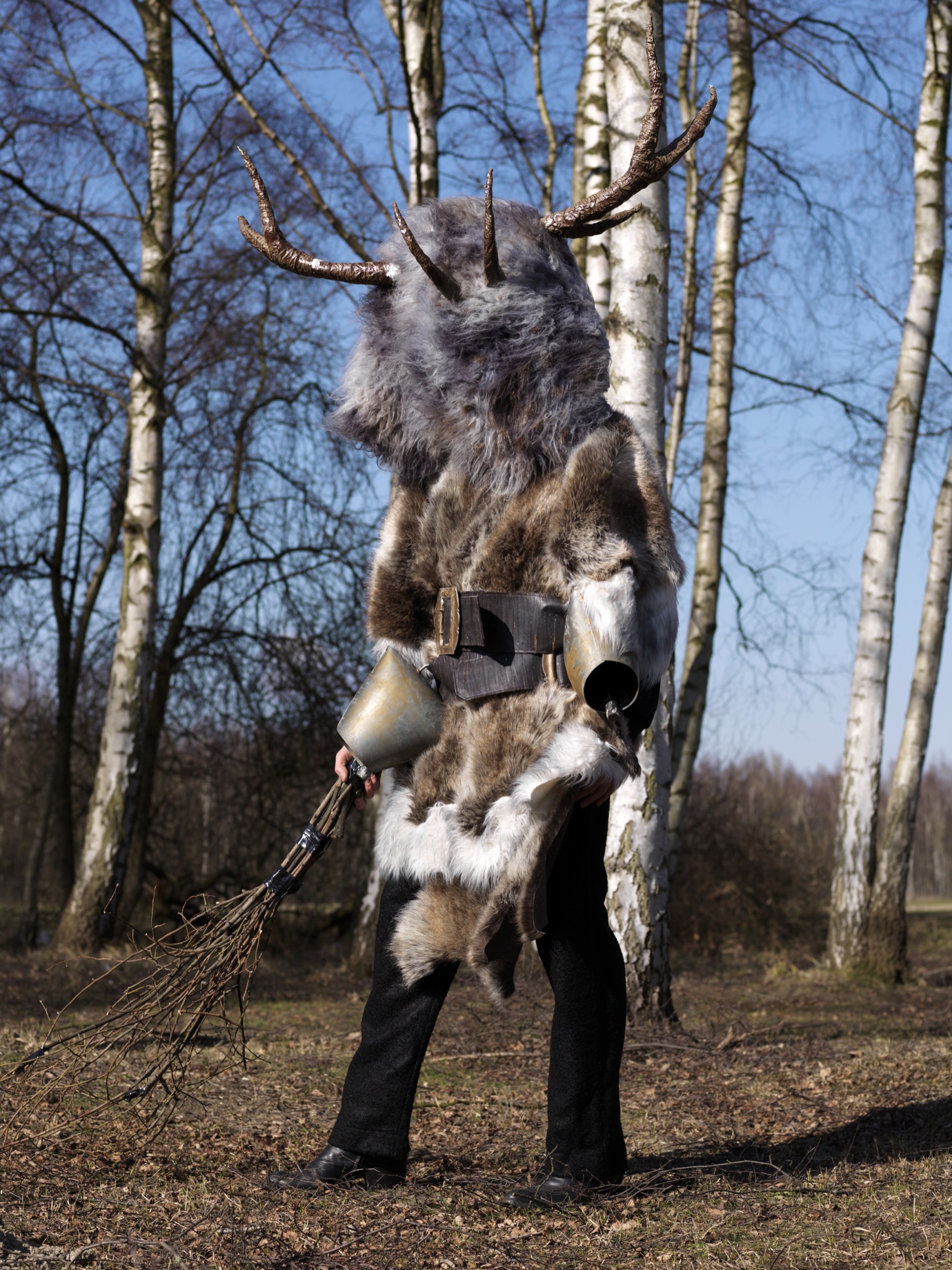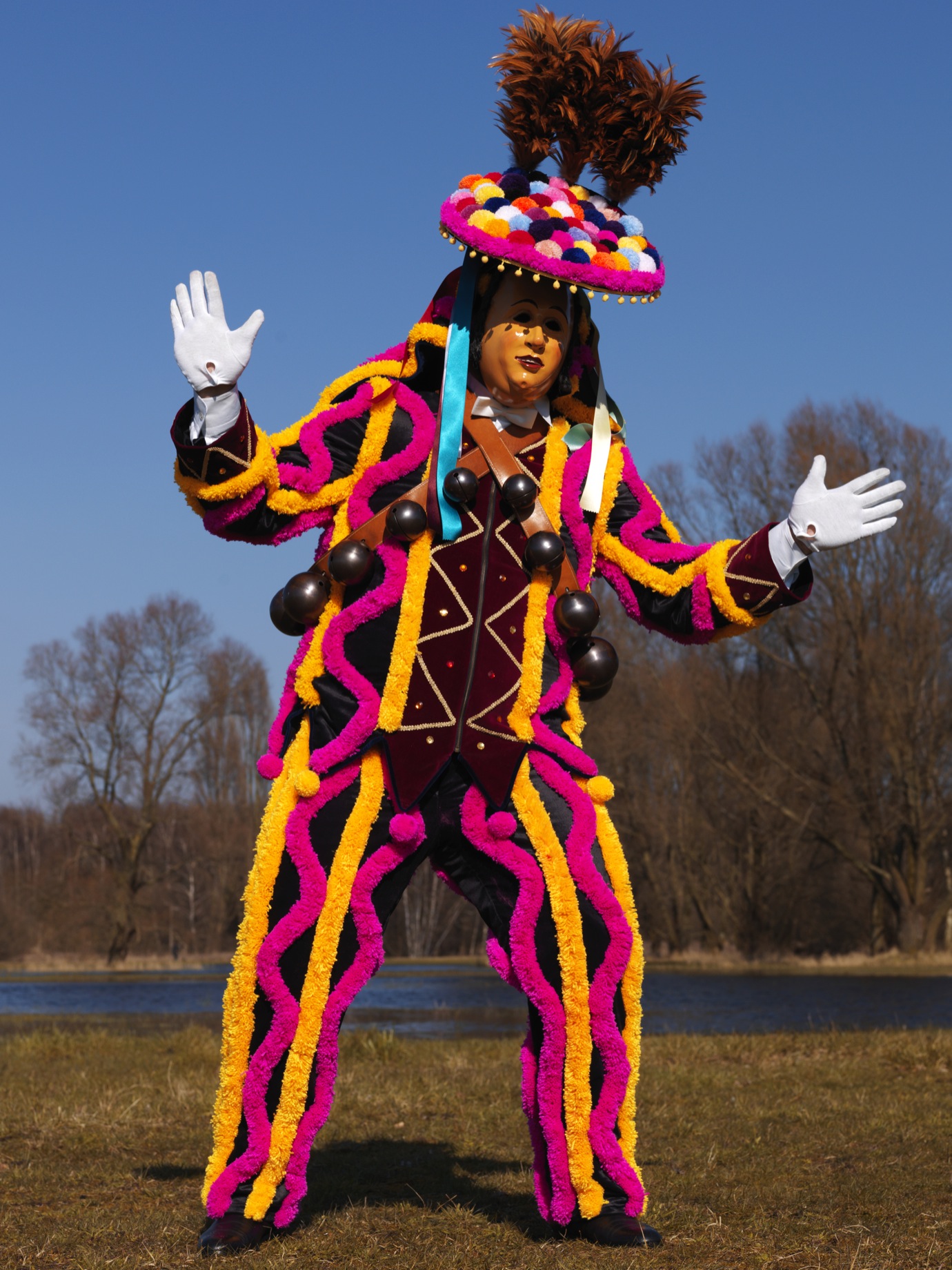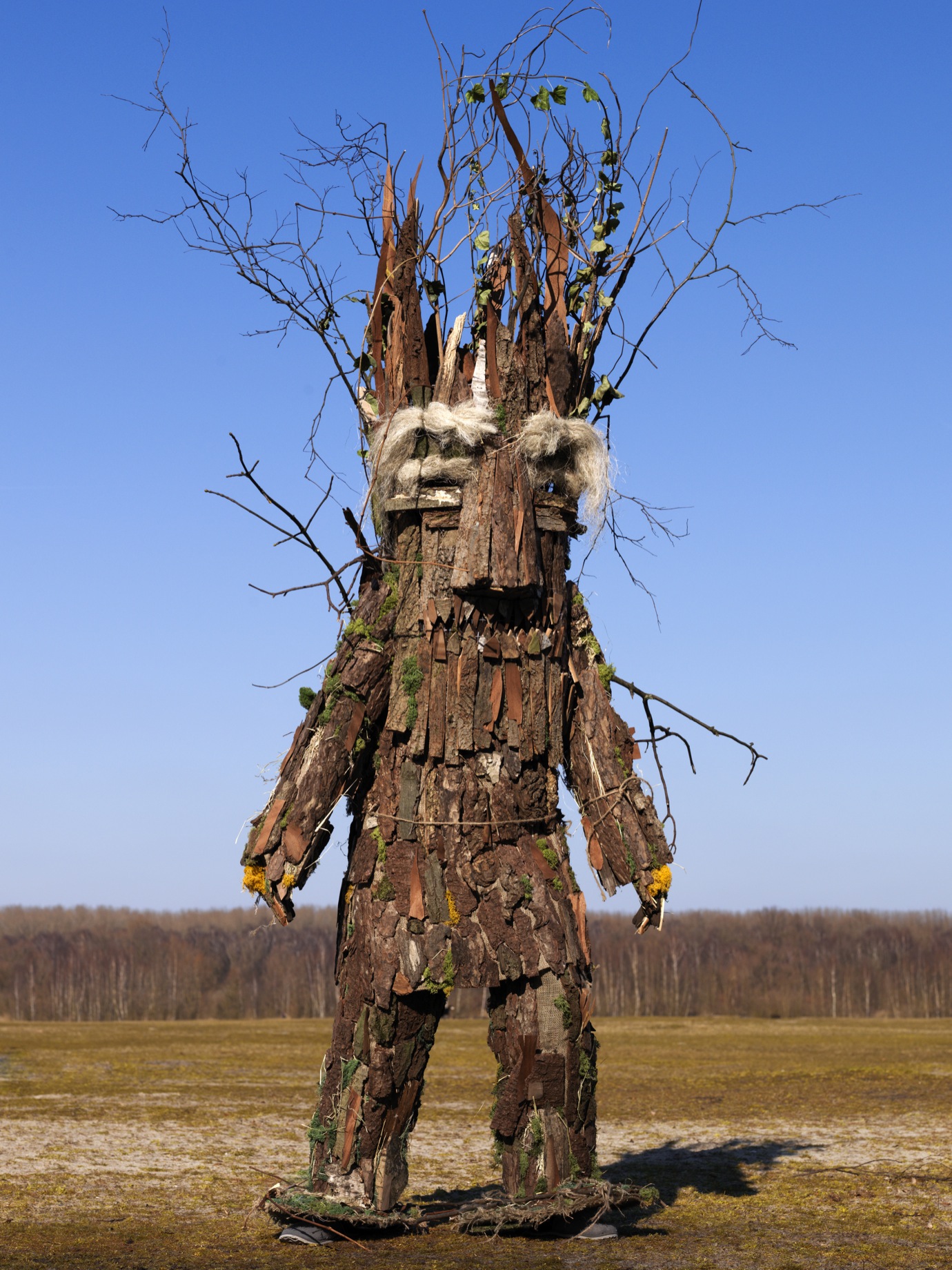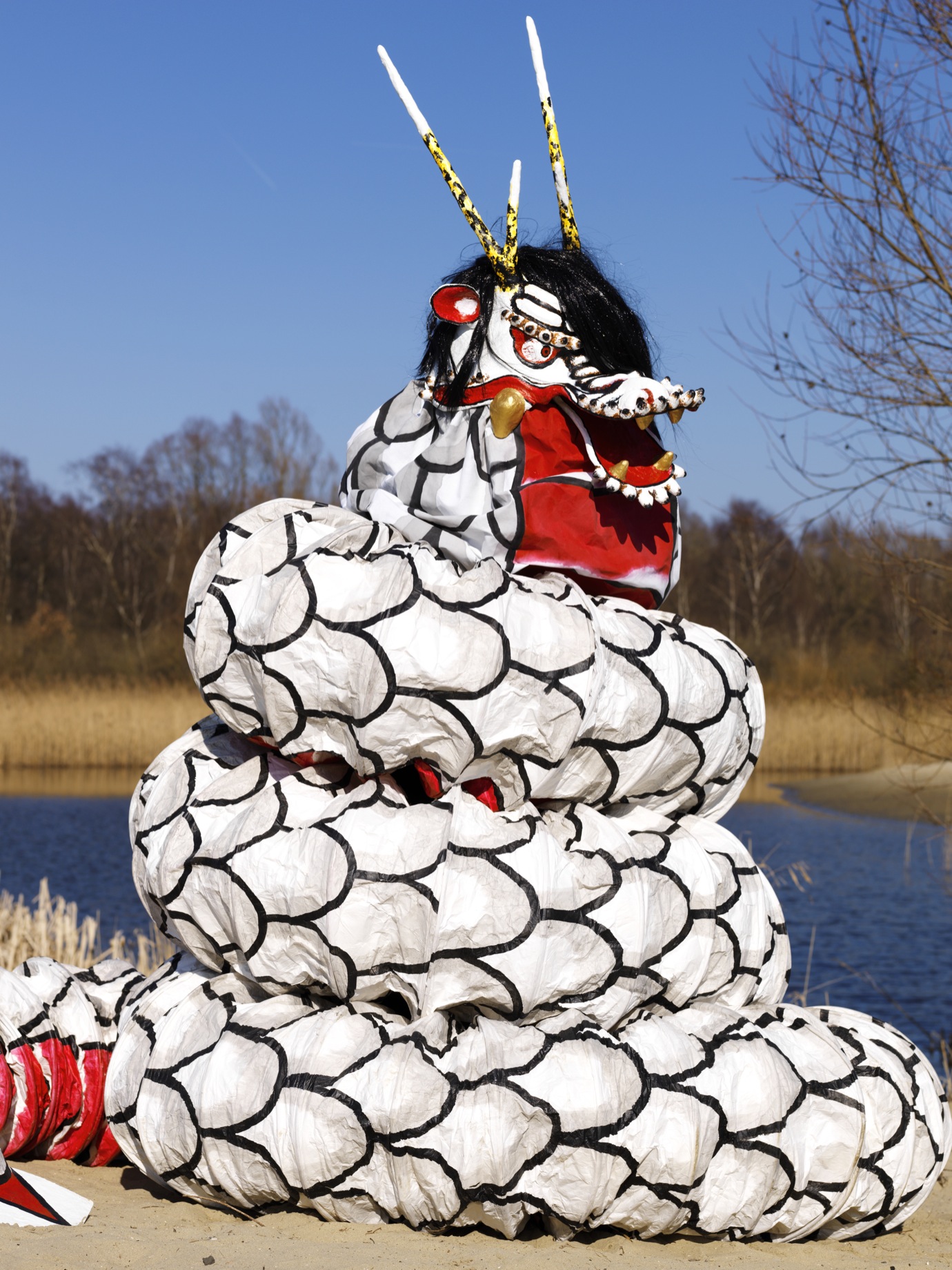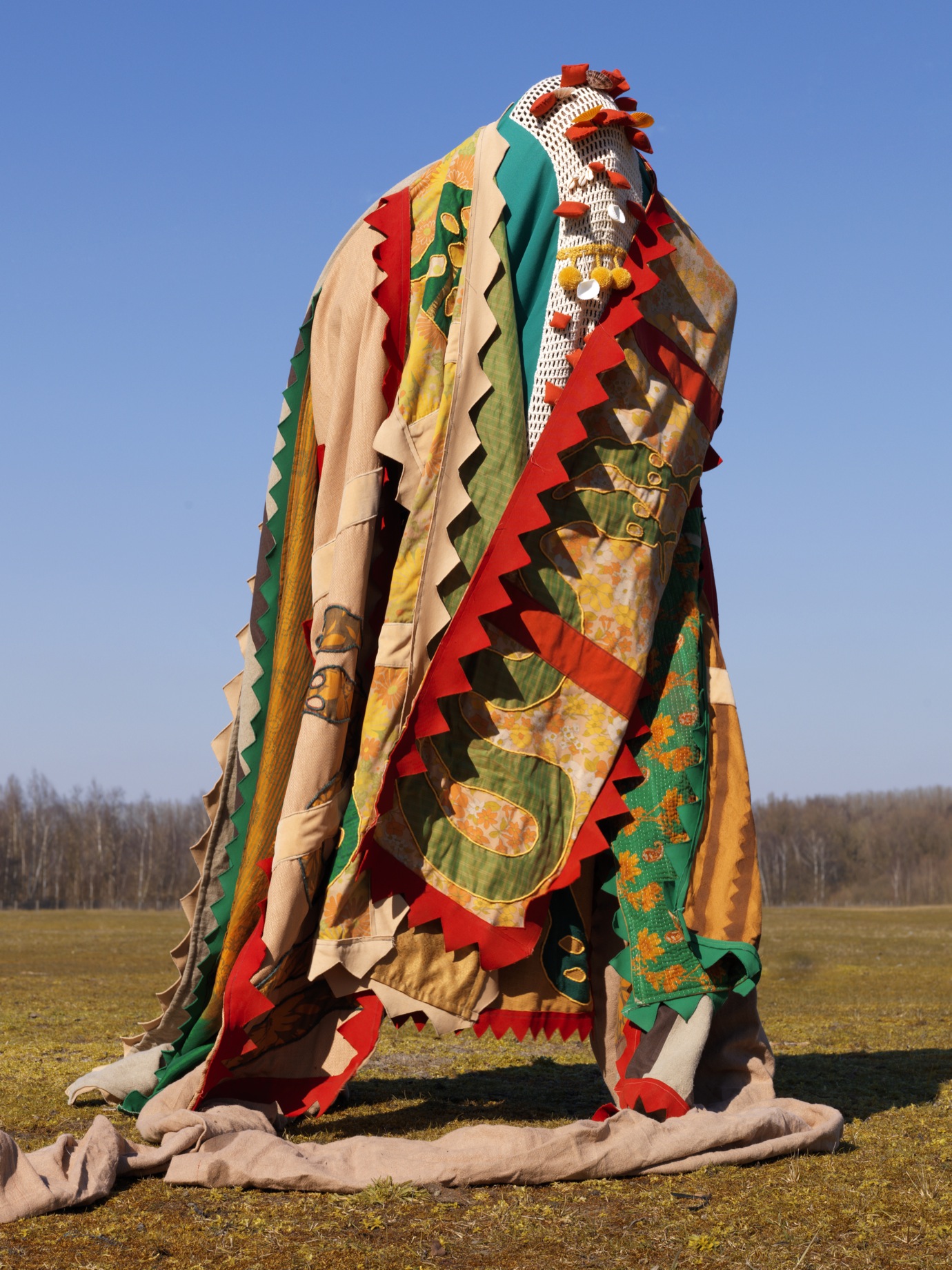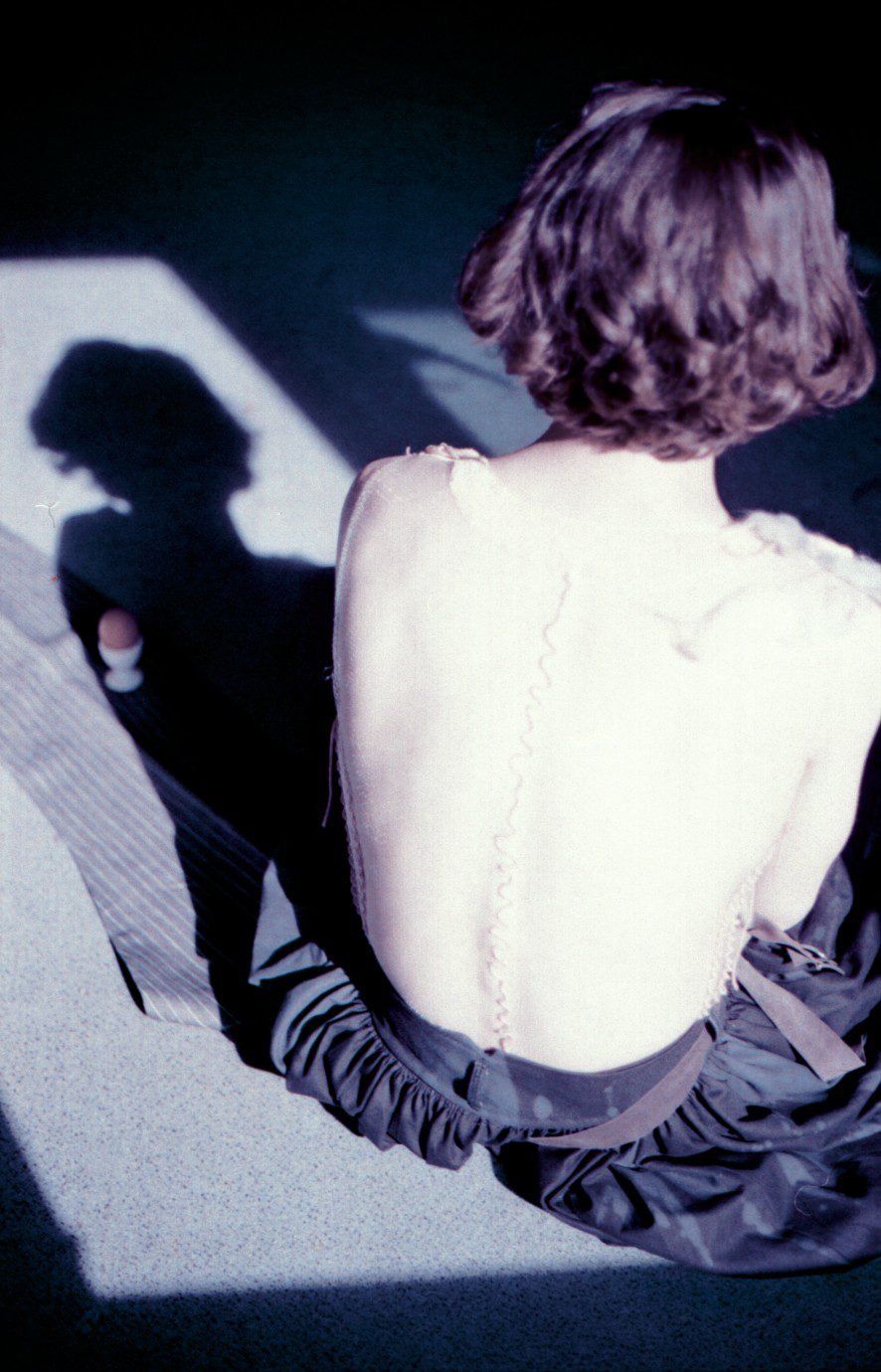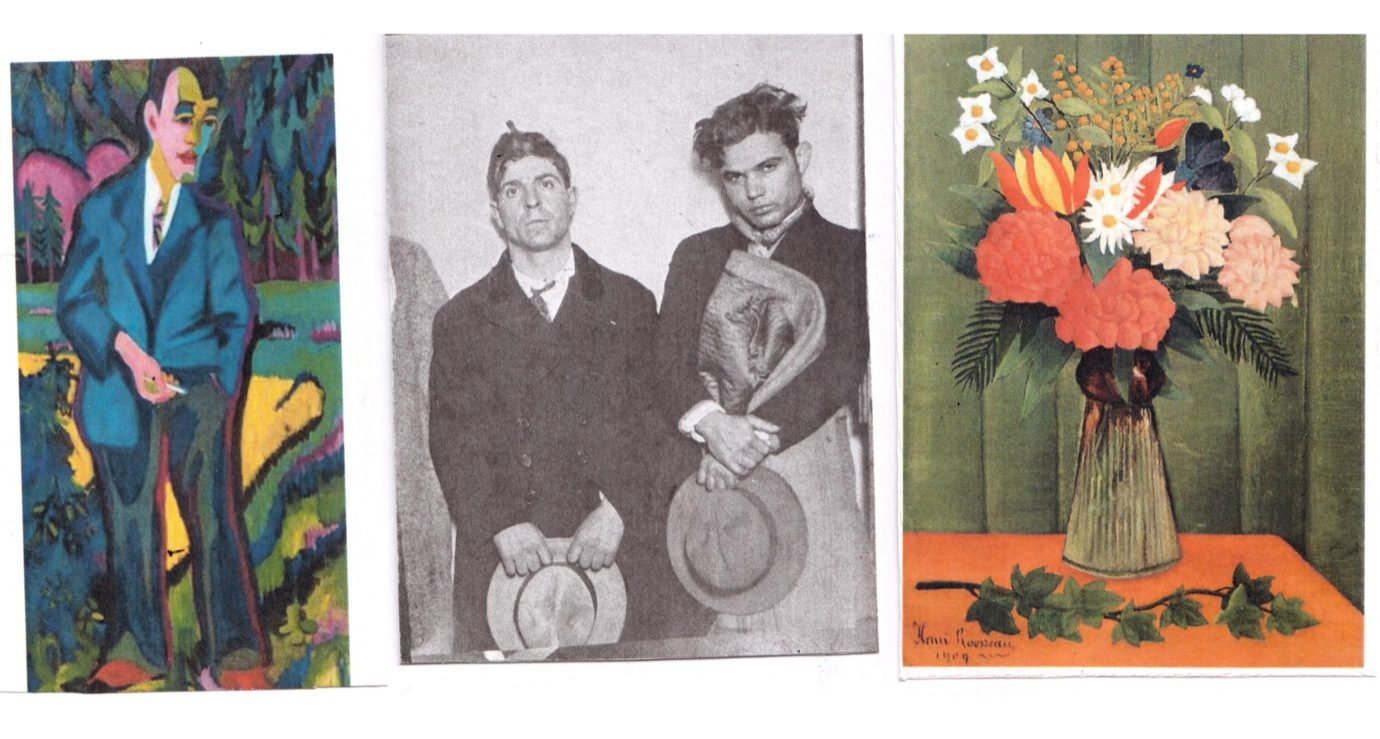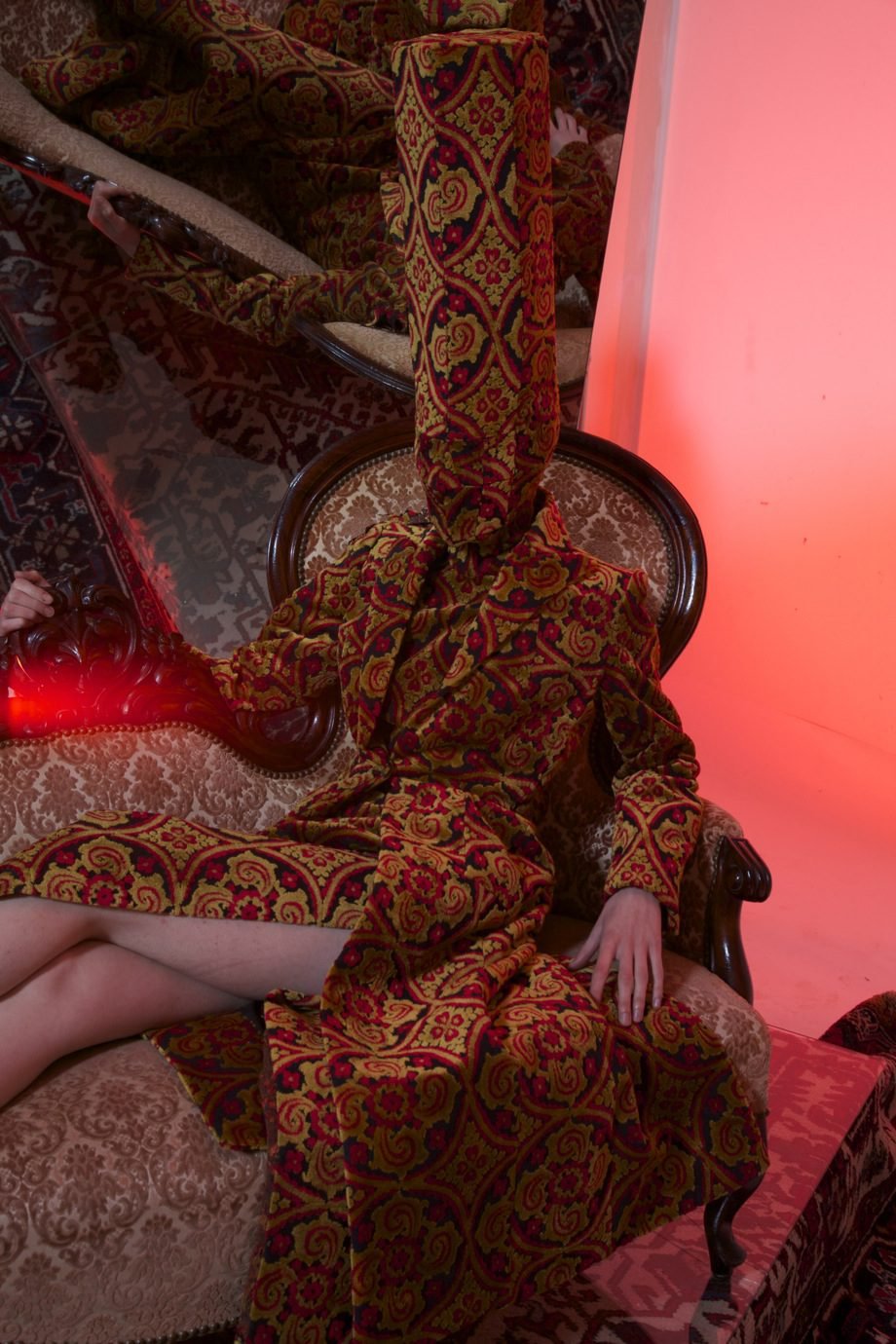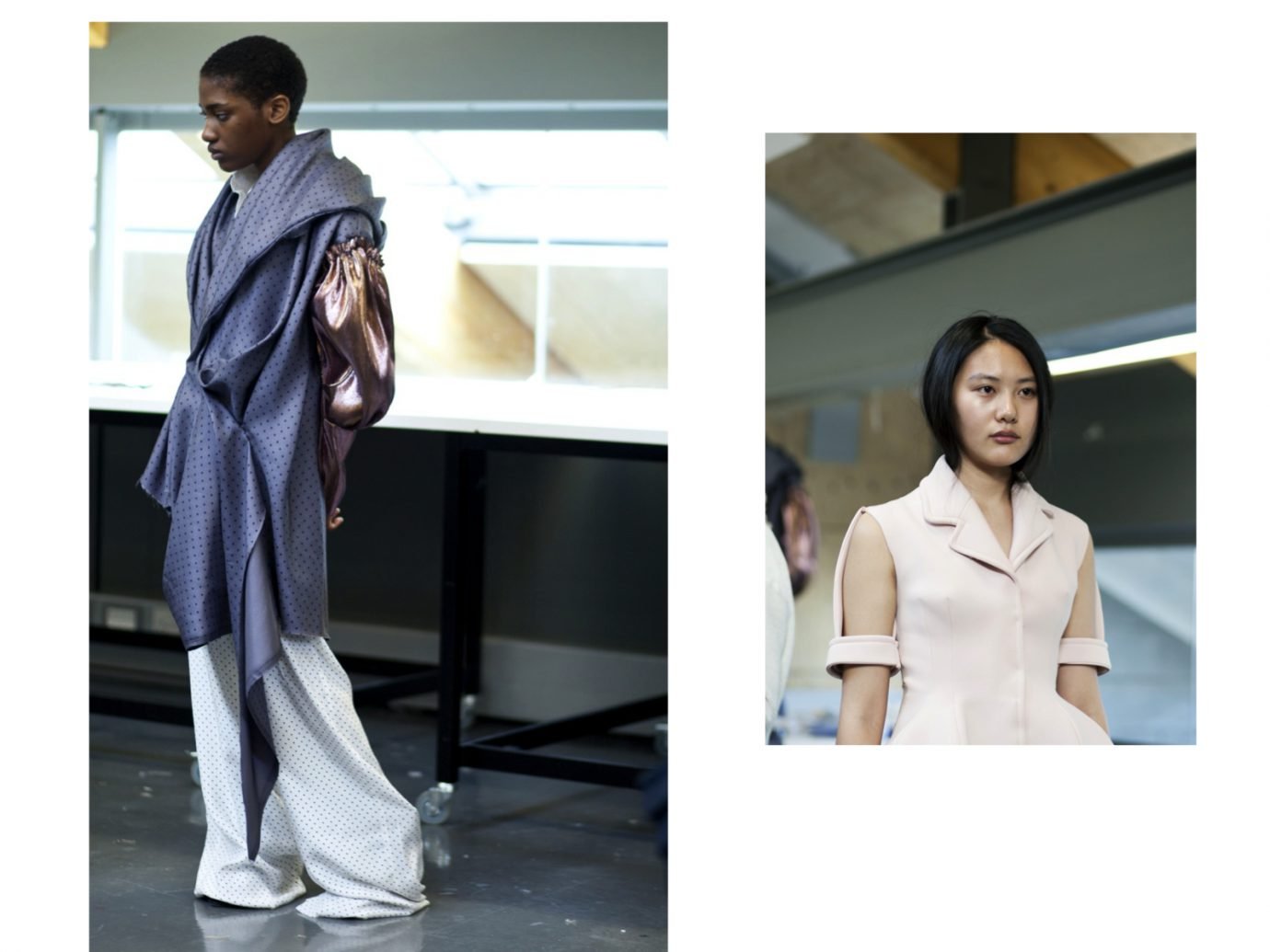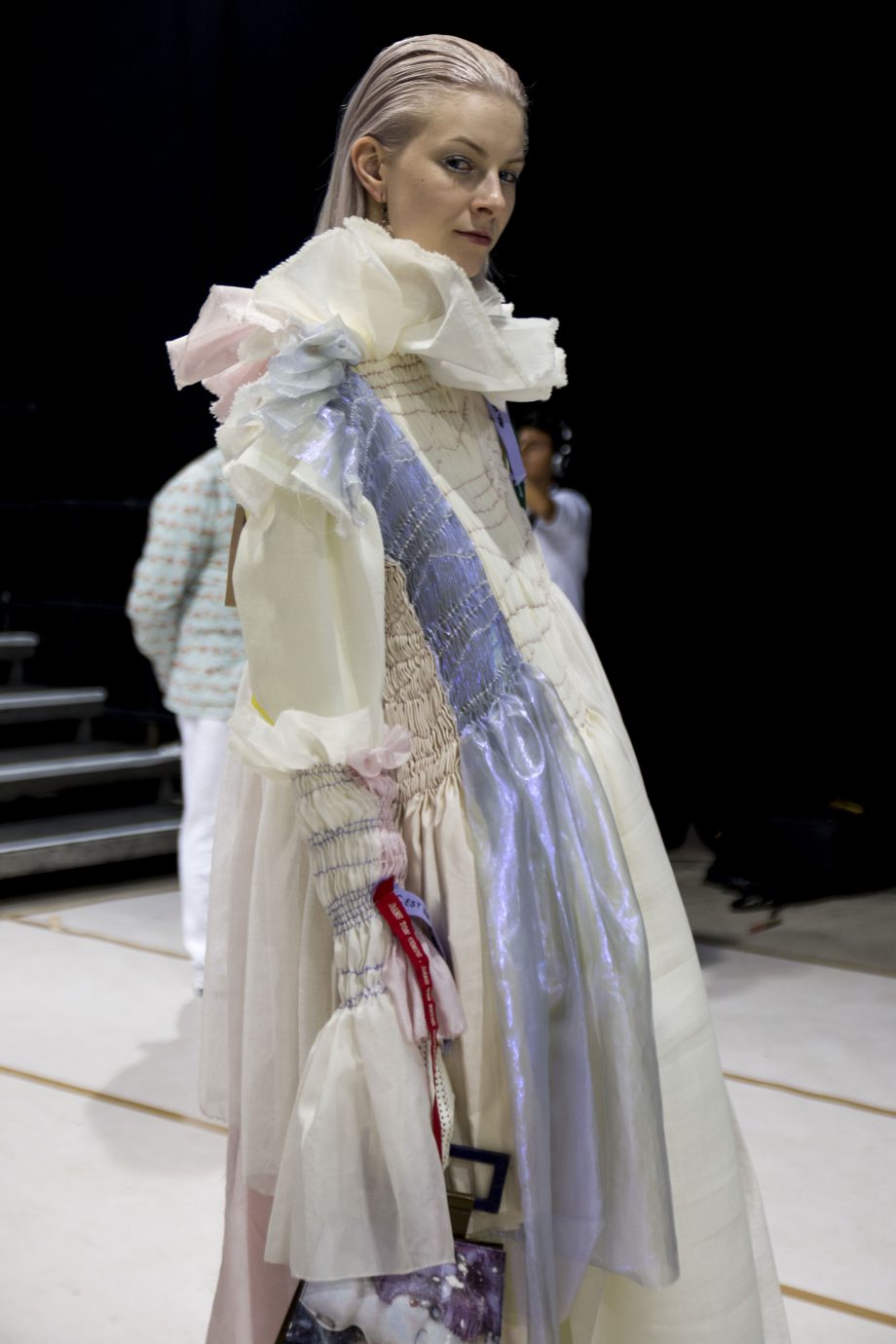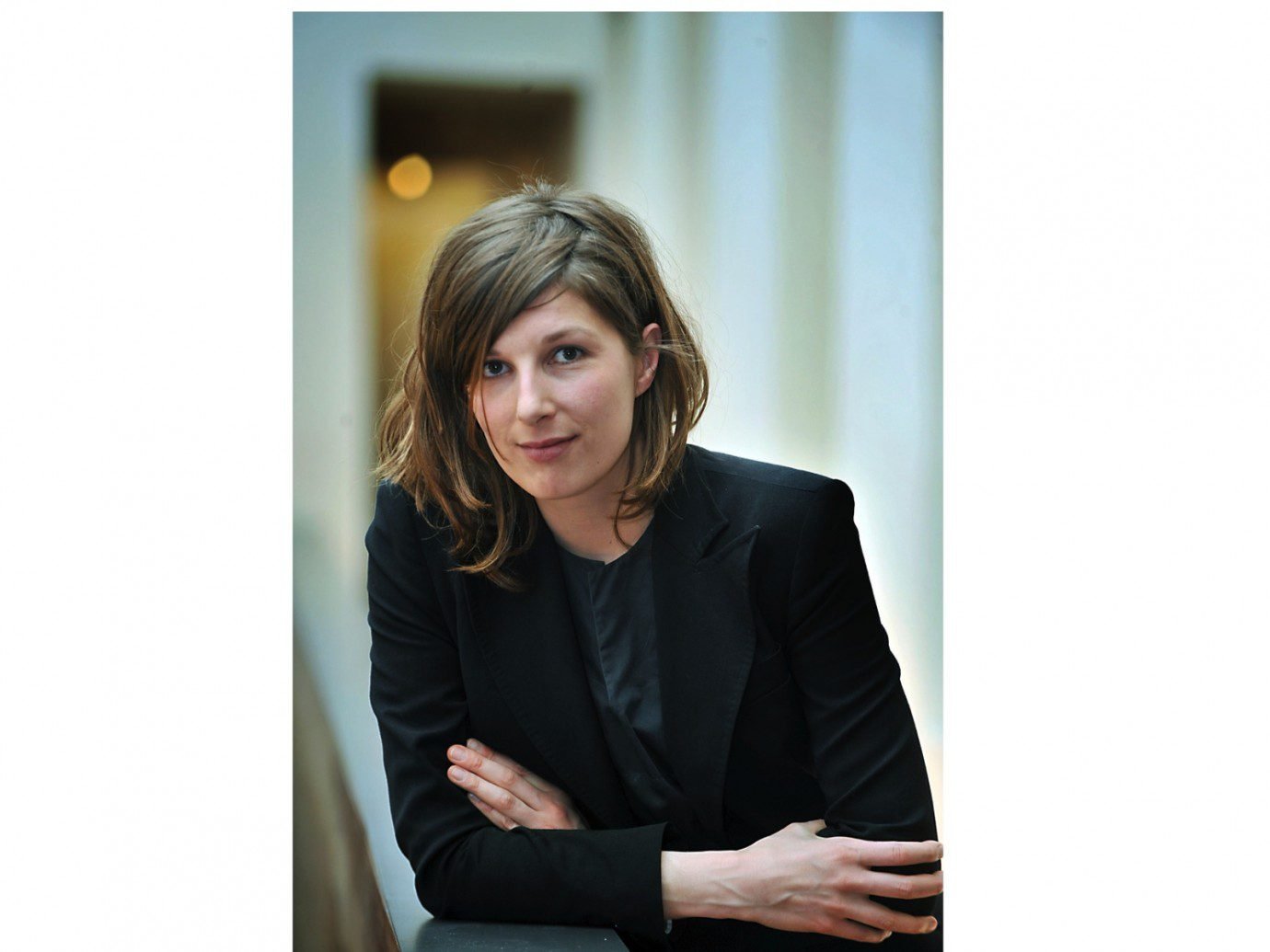LUKAS SPILKA
With a clear idea of where to take his ethnic project from the start, Lukas Spilka presents a piece to be worn specifically during the celebration of St. Nicholas. Searching for inspiration from mysterious European culture and traditions, he was instantly consumed by the fantasy and horror of Krampus, a horned anthropomorphic figure, in Austria. From further research, he found Klausentreiben, which can be found in parts of Germany, a version of Krampus with a fur mask, rather than a wooden one. Through his immaculate construction of the mask and horns, Lukas successfully captures the essence of fascination and fear in his design.

